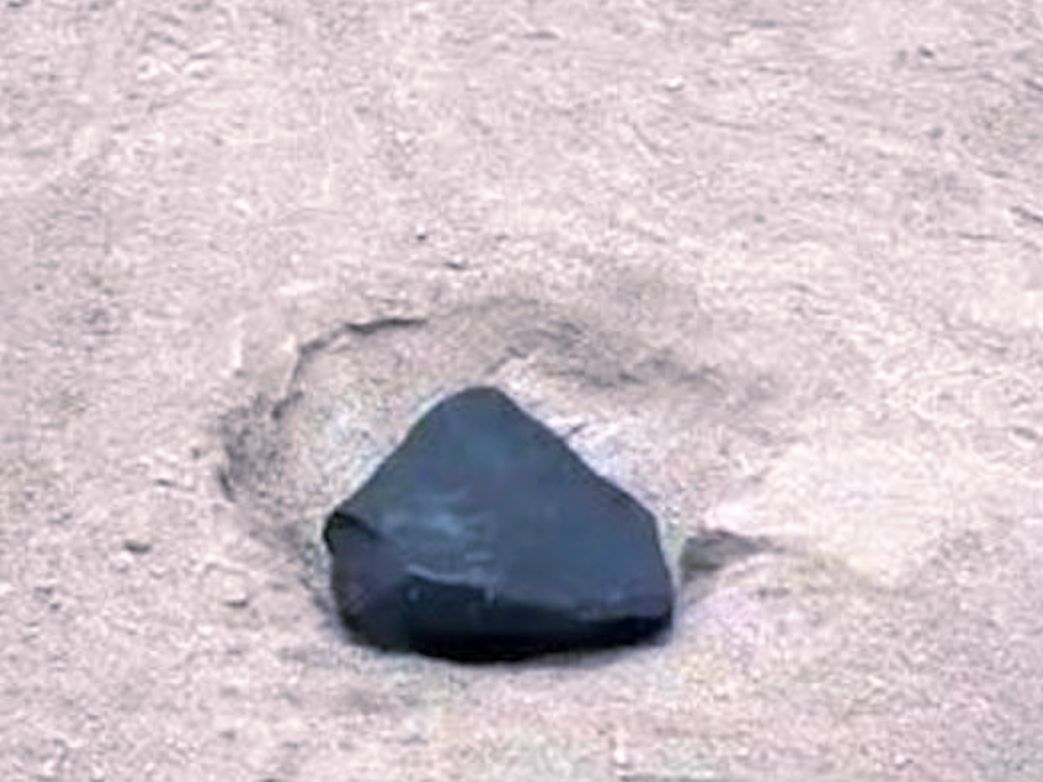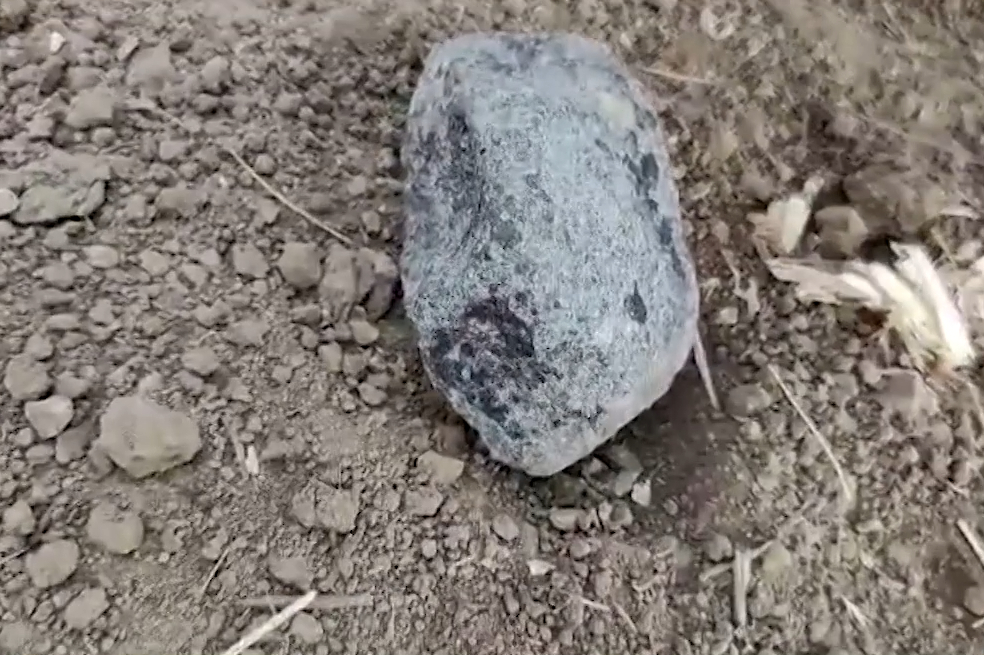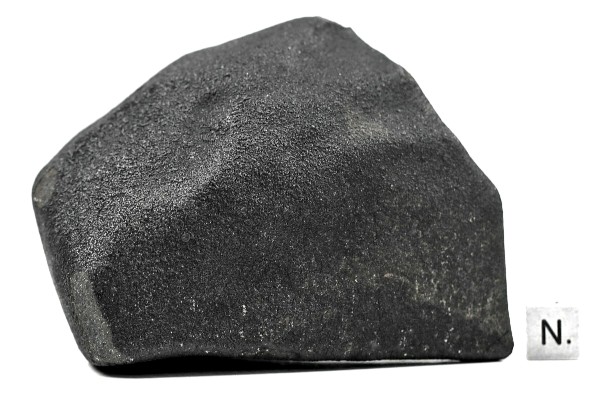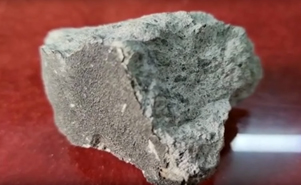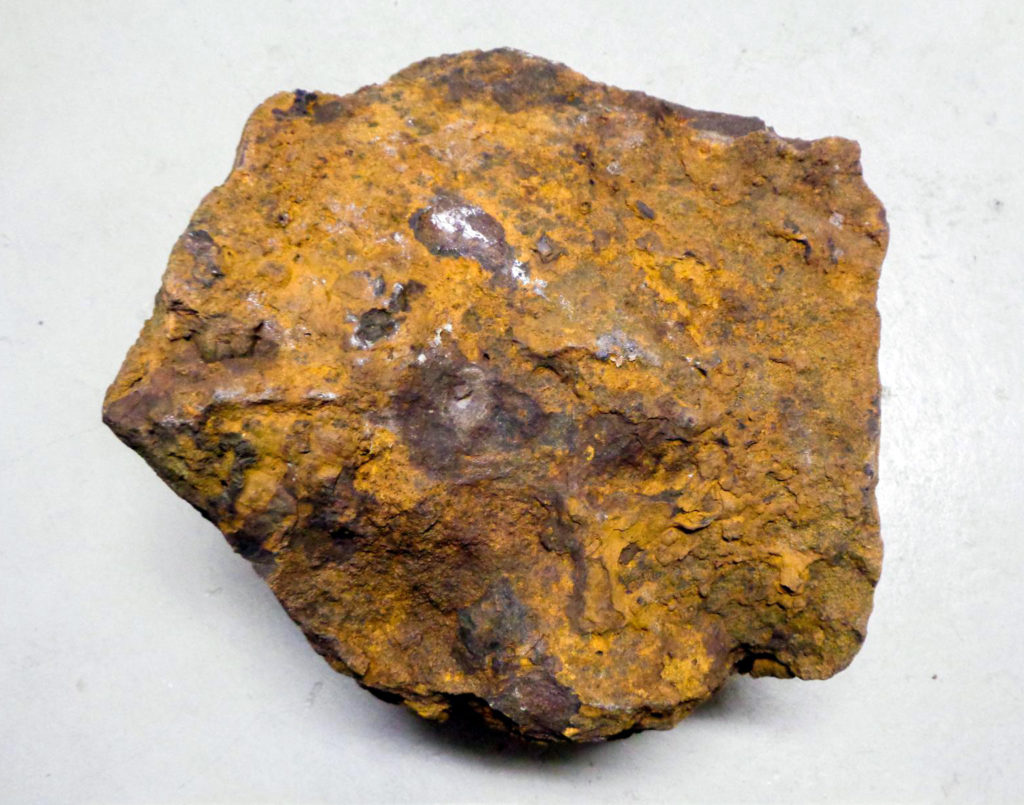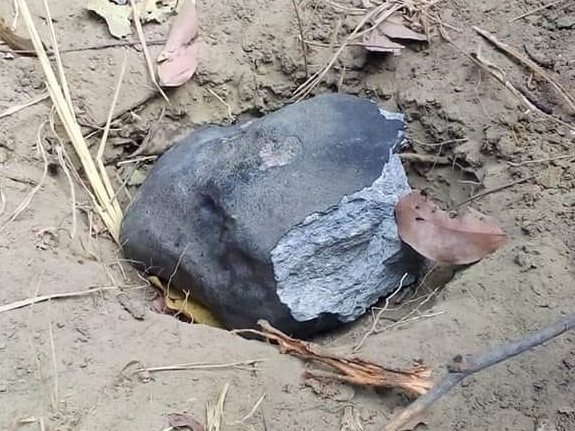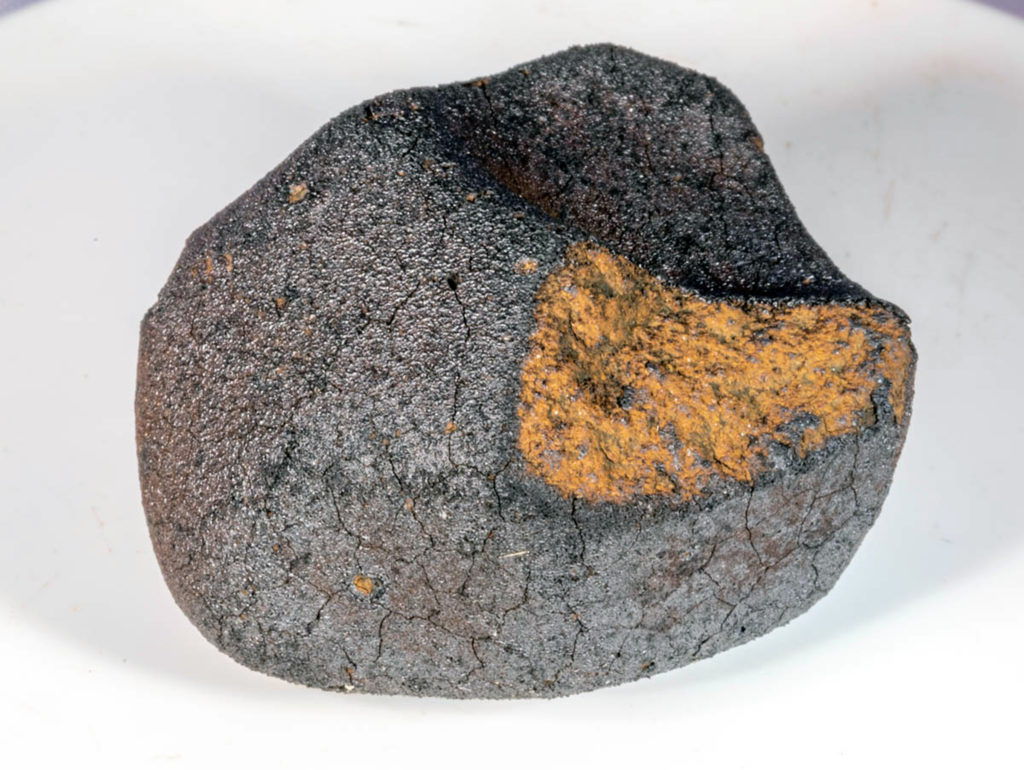Mid-Infrared Bi-directional Reflectance Spectroscopy of Impact Melt Glasses and Tektites
Andreas Morlok, Aleksandra Stojic, Iris Weber, Harald Hiesinger, Michael Zanetti, Joern Helbert
Icarus
In Press, Accepted Manuscript, Available online 22 June 2016
“We have analyzed 14 impact melt glass samples, covering the compositional range from highly felsic to mafic/basaltic, as part of our effort to provide mid-infrared spectra (7-14 µm) for MERTIS (Mercury Radiometer and Thermal Infrared Spectrometer), an instrument onboard of the ESA/JAXA BepiColombo mission.
Since Mercury was exposed to many impacts in its history, and impact glasses are also common on other bodies, powders of tektites (Irghizite, Libyan Desert Glass, Moldavite, Muong Nong, Thailandite) and impact glasses (from the Dellen, El’gygytgyn, Lonar, Mien, Mistastin, and Popigai impact structures) were analyzed in four size fractions of (0-25, 25-63, 93-125 and 125-250 µm) from 2.5-19 µm in bi-directional reflectance. The characteristic Christiansen Feature (CF) is identified between 7.3 µm (Libyan Desert Glass) and 8.2 µm (Dellen). Most samples show mid-infrared spectra typical of highly amorphous material, dominated by a strong Reststrahlen Band (RB) between 8.9 µm (Libyan Desert Glass) and 10.3 µm (Dellen). Even substantial amounts of mineral fragments hardly affect this general band shape.
Comparisons of the SiO2 content representing the felsic/mafic composition of the samples with the CF shows felsic/intermediate glass and tektites forming a big group, and comparatively mafic samples a second one. An additional sign of a highly amorphous state is the lack of features at wavelengths longer than ∼15 µm. The tektites and two impact glasses, Irghizite and El’gygytgyn respectively, have much weaker water features than most of the other impact glasses.
For the application in remote sensing, spectral features have to be correlated with compositional characteristics of the materials. The dominating RB in the 7-14 µm range correlates well with the SiO2 content, the Christiansen Feature shows similar dependencies. To distinguish between glass and crystalline phases of the same chemical composition, a comparison between CF the SCFM index (SiO2/(SiO2+CaO+FeO+MgO)) (Walter and Salisbury, 1989) is useful, if chemical compositional data are also available.”

